OCZ Vector (256GB) Review
by Anand Lal Shimpi on November 27, 2012 9:10 PM ESTTimes are changing at OCZ. There's a new CEO at the helm, and the company is now focused on releasing fewer products but that have gone through more validation and testing than in years past. The hallmark aggressive nature that gave OCZ tremendous marketshare in the channel overstayed its welcome. The new OCZ is supposed to sincerely prioritize compatibility, reliability and general validation testing. Only time will tell if things have changed, but right off the bat there's a different aura surrounding my first encounter with OCZ's Vector SSD.
Gone are the handwritten notes that accompanied OCZ SSD samples in years past, replaced by a much more official looking letter:
The drive itself sees a brand new 7mm chassis. The aluminum colored enclosure features a new label. Only the bottom of the SSD looks familiar as the name, part number and other details are laid out in traditional OCZ fashion.
Under the hood the drive is all new. Vector uses the first home-grown SSD controller by OCZ. Although the Octane and Vertex 4 SSDs both used OCZ Indilinx branded silicon, they were both based on Marvell IP - the controller architecture was licensed, not designed in house. Vector on the other hand uses OCZ's brand new Barefoot 3 controller, designed entirely in-house.
Barefoot 3 is the result of three different teams all working together. OCZ's UK design team, staffed with engineers from the PLX acquisition, the Korea design team inherited after the Indilinx acquisition, and folks at OCZ proper in California all came together to bring Barefoot 3 and Vector to life.
The Barefoot 3 controller integrates an unnamed ARM Cortex core as well as an OCZ Aragon co-processor. OCZ isn't going into a lot of detail as to how these two cores interact or what they handle, but multi-core SoCs aren't anything new in the SSD space. A branded co-processor is a bit unusual, and I suspect that whatever is responsible for Vector's distinct performance has to do with this part of the SoC.
Architecturally, Barefoot 3 can talk to NAND across 8 parallel channels. The controller is paired with two DDR3L-1600 DRAMs, although there's a pad for a third DRAM for use in the case where parity is needed for ECC.
Hardware encryption is not presently supported, although OCZ tells us Barefoot 3 is more than fast enough to handle it should a customer demand the feature. Hardware encryption remains mostly unused and poorly executed on client drives, so its absence isn't too big of a deal in my opinion.
OCZ does its own NAND packaging, and as a result Vector is home to a sea of OCZ branded NAND devices. In reality you're looking at 25nm IMFT synchronous 2-bit-per-cell MLC NAND, just with an OCZ silkscreen on it. There's no NAND redundancy built in to the drive as OCZ is fairly comfortable with the error and failure rates at 25nm. The only spare area set aside is the same 6.8% we see on most client drives (e.g. a 256GB Vector offers 238GB usable space in Windows).
| OCZ Vector | |||||
| 128GB | 256GB | 512GB | |||
| Sequential Read | 550 MB/s | 550 MB/s | 550 MB/s | ||
| Sequential Write | 400 MB/s | 530 MB/s | 530 MB/s | ||
| Random Read | 90K IOPS | 100K IOPS | 100K IOPS | ||
| Random Write | 95K IOPS | 95K IOPS | 95K IOPS | ||
| Active Power Use | 2.25W | 2.25W | 2.25W | ||
| Idle Power Use | 0.9W | 0.9W | 0.9W | ||
Regardless of capacity, OCZ is guaranteeing the Vector for up to 20GB of host writes per day for 5 years. The warranty on the Vector expires after 5 years or 36.5TB of writes, whichever comes first. As with most similar claims, the 20GB value is pretty conservative and based on a 4KB random write workload. With more realistic client workloads you can expect even more life out of the NAND.
Despite being built on a brand new SoC, there's a lot of firmware carryover from Vertex 4. Indeed if you look at the behavior of Vector, it is a lot like a much faster Vertex 4. OCZ does continue to use its performance mode that enables faster performance if less than 50% of the drive's capacity is used, however in practice OCZ seems to rely on it less than in the Vertex 4.
The design cycle for Vector is the longest OCZ has ever endured. It took OCZ 18 months to bring the Vector SSD to market, compared to less than 12 months for previous designs. The additional time was used not only to coordinate teams across the globe, but also to put Vector through more testing and validation than any previous OCZ SSD. It's impossible to guarantee a flawless drive, but doing considerably more testing can't hurt.
The Vector is available starting today in 128GB, 256GB and 512GB capacities. Pricing is directly comparable to Samsung's 840 Pro:
| OCZ Vector Pricing (MSRP) | ||||||
| 64GB | 128GB | 256GB | 512GB | |||
| OCZ Vector | - | $149.99 | $269.99 | $559.99 | ||
| Samsung SSD 840 Pro | $99.99 | $149.99 | $269.99 | $599.99 | ||
OCZ is a bit more aggressive on its 512GB MSRP, otherwise it's very clear what OCZ views as Vector's immediate competition.


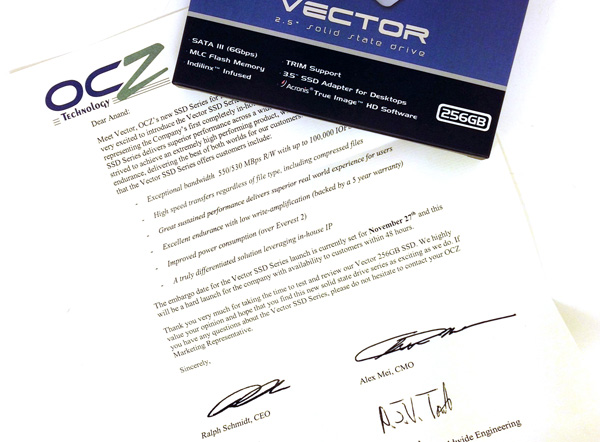
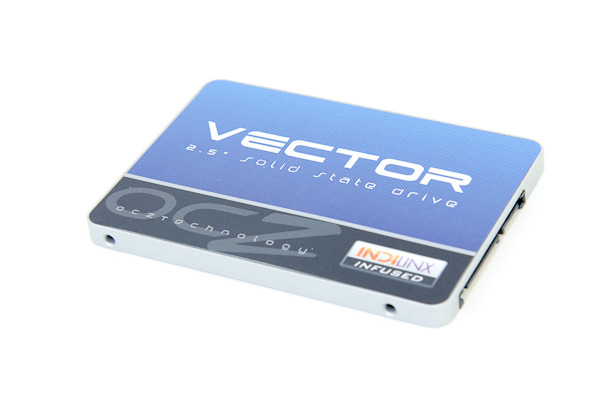
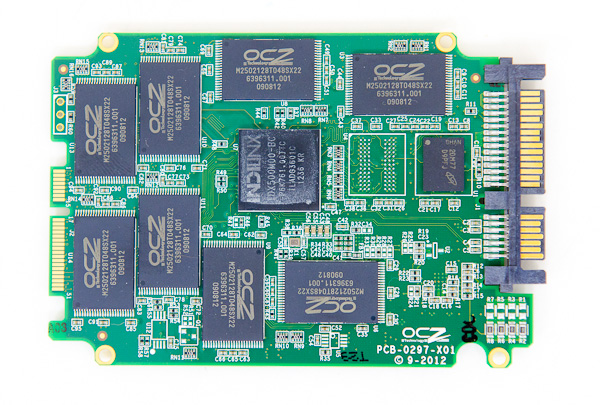
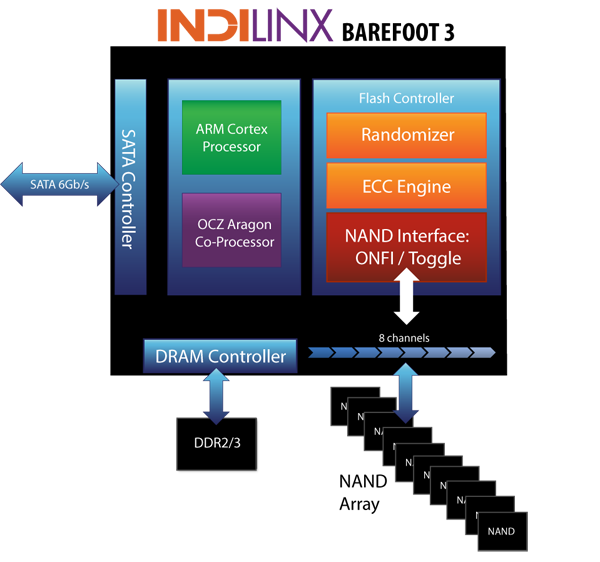
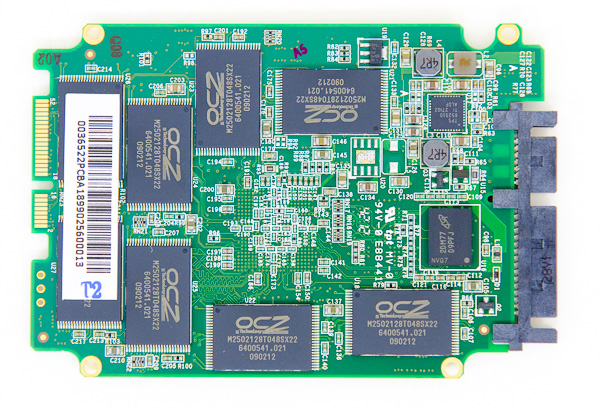
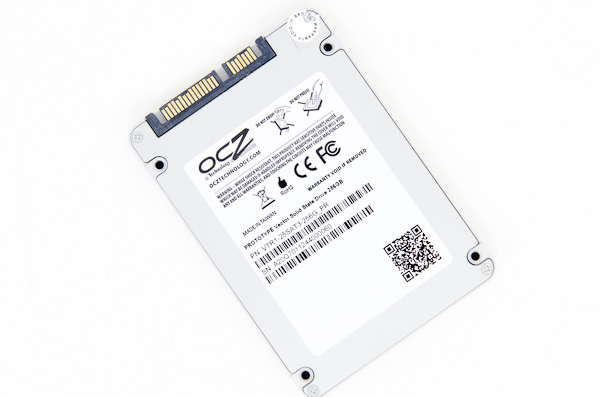








151 Comments
View All Comments
Kristian Vättö - Wednesday, November 28, 2012 - link
Thanks for the heads up, I fixed the table.Death666Angel - Wednesday, November 28, 2012 - link
So, this drive costs as much as a 840 Pro (or a little less for the 512GB version) and has slightly worse performance in most cases. But if I use more than 50% of its capacity, I get much worse performance?That's something that bugged me in the Vertex 4 reviews: you test with the performance mode enabled in pretty much all graphs, but I will use it without it, because if I buy an SSD, I intend to use more than 50% of the drive.
I don't get it.
ocztony - Wednesday, November 28, 2012 - link
You ONLY see the slow down when you write to the whole of the drive in 1 go..so you will only ever see it if you sit running HDtach or a similar bench to the whole of the drive. The drive is actually intelligent, say you write a 4.7GB file for instance, it writes the data in a special way, more like an enhanced burst mode. Once writes have finished it then moves that written data to free up this fast write nand so its available again.It does this continually as you use the drive, if you are an average user writing say 15GB a day you will NEVER see a slow down.
Its a benchmark quirk and nothing more.
jwilliams4200 - Wednesday, November 28, 2012 - link
That is incorrect.The way it works is that in the STEADY STATE, performance mode is faster than storage mode. This should be obvious, because why would they even both having two modes if the steady state performance is not different between the modes?
Now, there is a temporary (but severe) slowdown when the drive switches from performance mode to storage mode, but I don't think that is what Death666Angel was talking about.
By the way, if you want a simple demonstration of the STEADY STATE speed difference between the modes, then secure erase the SSD, then use something like HD Tune to write to every LBA on the SSD. It will start out writing at speed S1, then around 50% or higher it will write at a lower speed, call it Sx. But that is only temporary. Give it a few minutes to complete the mode switch, then run the full drive write again. It will write at a constant speed over the drive, call it S2. But the key thing to notice is that S2 is LESS THAN S1. That is a demonstration that the steady-state performance is lower once the drive has been filled past 50% (or whatever percentage triggers the mode switch).
ocztony - Wednesday, November 28, 2012 - link
you do know who i am?I know how the drives work...you do not fully, im working on getting you info so you will know more.
jwilliams4200 - Wednesday, November 28, 2012 - link
Yes, I know who you are. You have posted incorrect information in the past. I have noticed on the OCZ forums that whatever makes OCZ or OCZ products look good is posted, whether true or not.I am talking about facts. Do you dispute what I wrote? Because hardocp measured exactly what I wrote here:
http://www.hardocp.com/article/2012/11/27/ocz_vect...
Besides, you did not address the elephant in the room. If there is no difference in speed between the two modes, than why do you have two modes, hmmm?
ocztony - Thursday, November 29, 2012 - link
Just for you..http://dl.dropbox.com/u/920660/vector/linear%20wri...
http://dl.dropbox.com/u/920660/vector/average%20wr...
In the end you do NOT fully understand how the drives work, you think you do, you do not. If a 100% write to all LBA test is run on the 128 and 256's you get what Anand shows, the reason for this is the drive is unable to move data around during the test. So...if you like running 100% LBA write tests to your drive all day them knock yourself out...buy the 512 and as you see it delivers right thru the LBA range. However if you just want to run the drive as an OS drive and you average a few GB writes per day, with coffee breaks and time away from the PC then the drive will continually recover and deliver full speed with low write access for every write you make to the drive right up till its full..the difference is you are not writing to 100% LBA in 1 go.
So what I said about it being a benchmark quirk is 100% correct, yes when you run that benchmark the 256's and 128's do slow up, however if you install an OS, and then load all your MP3's to the drive and it hist 70% of a 128 it may slow if it runs out of burst speed nand to write to BUT as soon as you finish writing it will recover..infact if you wrote the MP3's in 10GB chunks with a 1min pause between each write it would never slow down.
The drives are built to deliver with normal write usage patterns...you fail to see this though.
Maybe we need to give the option to turn the bust mode off and on, maybe then you will see the benefits.
ocztony - Thursday, November 29, 2012 - link
BTW the test was rin on an MSI 890FX with SB850, so an old sata3 AMD based platform...this is my work station. The drive is much faster on an Intel platform due tot he AMD sata controller not being as fast.jwilliams4200 - Thursday, November 29, 2012 - link
And you completely failed to answer either of the questions I posed.It seems to me that you do not understand how your own SSDs work, and you are unable to explain.
ocztony - Thursday, November 29, 2012 - link
I show you a vector with no slow down, same write access latency for 100% LBA and explain why the 2 other capacity drives work the way they do and its still not good enough.
Come to my forum, ask what you want and we will do everything we can to answer every question within the realms of not disclosing any IP we have to protect.
In fact Jwilliams email me at tony_@_ocztechnology.com without the _ and I will forward an NDA to you, sign it and get it back to me and I will call you and explain exactly how the drives work..you will then know.